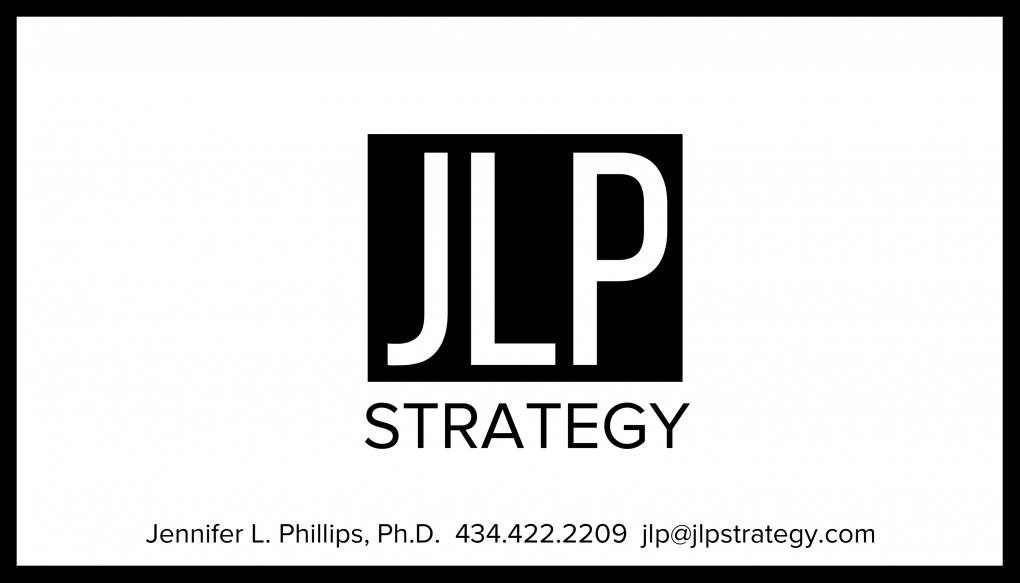To those of you in the former category, I salute you. You are doing the hard work of internalizing your plan, pulling it into your day-to-day, and evolving it organically. GOOD JOB. This article will be a useful test for you to identify where to strengthen, but you are on the right track.
To those of you in the latter category, listen hard.
Good Strategy Has Deep Roots.
Too many people equate strategy with a formulaic plan for success – a masterpiece of logic. The problem? A masterpiece of logic is meaningless if it isn’t built on solid foundations, and it is useless if it sits in a drawer.
Execs, before embarking on a formal process, you should assess your org’s foundations. Consider the questions below. There are five big categories: mission, vision, ethics, culture, and financial model(s). No, you don’t need all the answers – but, yes, you need to be fluent in the complexities and the strategic issues at play.
- MISSION
- Do you have a clearly defined mission statement?
- Does your mission actually embody the heart of what your organization achieves – it’s generative value? (What are you creating?)
- Has your senior team internalized that mission? Your staff? You?
- VISION
- Where do you want to lead your organization?
- How are you defining short-term success for your organization?
- Mid- and long-term success?
- What alternative visions exist, and is there conflict? How will you manage that?
- ETHICS
- What groups and individuals comprise your constituents, or stakeholders?
- What claims do they rightly make on your strategy?
- What is your organization’s potential impact on systemic injustice (for better and for worse)?
- How should your organization assess and respond to this context in day-to-day operations?
- CULTURE
- How well do you understand your organization’s real, day-to-day culture?
- Does that culture support your mission, vision, and good ethics?
- How is it consistent or inconsistent across departments and seniority?
- How does it complement or conflict with your leadership style?
- FINANCIAL MODEL(S)
- Big picture, how does your organization make money?
- Or, if you are a non-profit, how are you funding your mission?
- Is your intent to grow or maintain your current scale?
- How well do your revenue streams align with your mission, vision, and good ethics?
What’s Your Point of View?
You don’t need perfect answers; nor should you make firm conclusions. Rather, you should be ready for your ideas to expand and evolve. An essential, umbrella question for all five categories is: what additional info – and whose input – do I need?
That said, you do need a point of view. If your predominant response is, “Huh, I really haven’t thought about that,” or even, “Hmmmn, I need to think about that more,” your point of view needs attention.
Go ahead; think about it more. Budget time to explore these questions before you kick off formal planning. This foundational work seeds the entire process, as well as your future management of whatever plan you create. When you get to, “I don’t have all the answers, but I understand the issues at play,” you are ready for traditional planning.
Leverage Your Investment in Planning.
You will thank me for this when you see the price tag for strategic planning and realize that – in planning alone, much less implementing that plan’s strategy – you are investing in your organization. Investing. You pay now for the expectation of future benefit. Add your time to your organization’s out of pocket expense, plus your staff’s time and planning’s potential roller coaster of morale. See what I mean? It adds up.
By strengthening your strategic foundations, you help to ensure that your ROI on planning is substantial. Perhaps more importantly, you ensure that the returns are those you actually desire.


